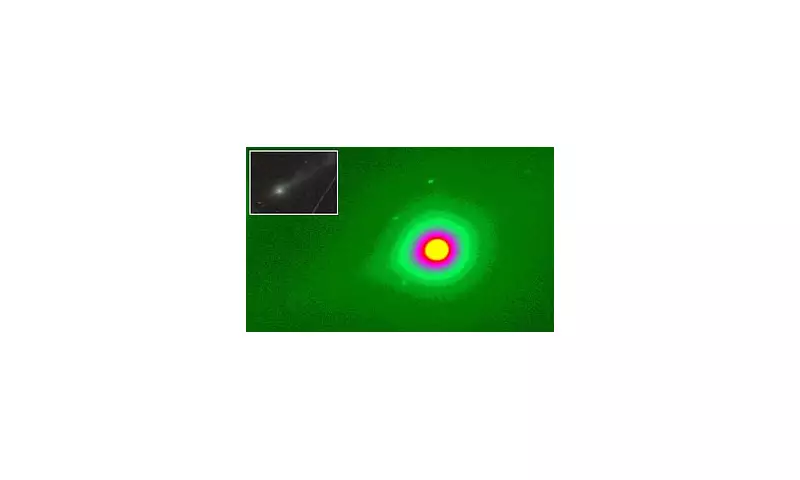
A mysterious visitor from another star system is challenging everything astronomers thought they knew about comets, with its bizarre behaviour fuelling theories that it could be a piece of alien technology. The object, known as 3I/ATLAS, has performed a manoeuvre considered impossible for a natural comet, surviving an intensely close pass by the Sun completely unscathed.
Defying Cosmic Expectations
Harvard Professor Avi Loeb had predicted that the true nature of 3I/ATLAS would be revealed when it reached its closest point to the Sun on October 29. At this perihelion, a typical comet should have begun to melt and disintegrate, forming a vast cloud of dust and debris. However, the latest data presents a startlingly different picture.
Instead of a shattered mess, astronomers David Jewitt and Jane Luu found a single, bright, and intact body. It is surrounded by a glowing coma—a fuzzy envelope of gas—that stretches in two directions. Crucially, there is no cloud of fragments or debris, a finding that directly supports Professor Loeb's controversial theory that the object may have a technological origin.
Unexplained Phenomena and Giant Jets
New images captured by the Nordic Optical Telescope in Spain have deepened the mystery. They reveal that 3I/ATLAS possesses a mysterious 'anti-tail' pointing towards the Sun, even as the object moves away from it. While scientists have suggested anti-tails could be optical illusions, the new photos also captured two colossal jet-like streams blasting from the object's surface.
One jet shoots material out into space in the direction of the Sun, extending for an astonishing 620,000 miles. The other, pointing in the opposite direction, is nearly three times as long, measuring a staggering 1.86 million miles. For a natural comet to produce such massive streams, it would need to vent an enormous amount of gas and dust—roughly five billion tons per month.
A Technological Explanation?
Professor Loeb has calculated that the 3.5-mile-wide 3I/ATLAS is simply not large enough to contain the amount of ice required to naturally produce these jets through vaporisation. He proposes a more extraordinary explanation. "Technological thrusters which point their exhaust towards the sun would accelerate away from the Sun," Loeb stated. "This post-perihelion manoeuvre might be employed by a spacecraft that aims to gain speed rather than slow down."
This theory has been met with scrutiny from the wider scientific community, which has largely maintained that 3I/ATLAS is a comet with an unusual chemical makeup from a distant solar system. However, the object has now exhibited at least 11 distinct anomalies that defy simple explanation, including sudden course changes and turning blue as it neared the Sun.
The intrigue has reached political levels. Florida congresswoman Anna Paulina Luna, who chairs a committee investigating UFOs, revealed she was denied access to classified information on 3I/ATLAS by the Pentagon. She has publicly supported Loeb's investigation and called for NASA to release all collected images. Despite pushback from officials like NASA's Sean Duffy, the mystery persists as 3I/ATLAS is expected to make its closest approach to Earth on December 19.





